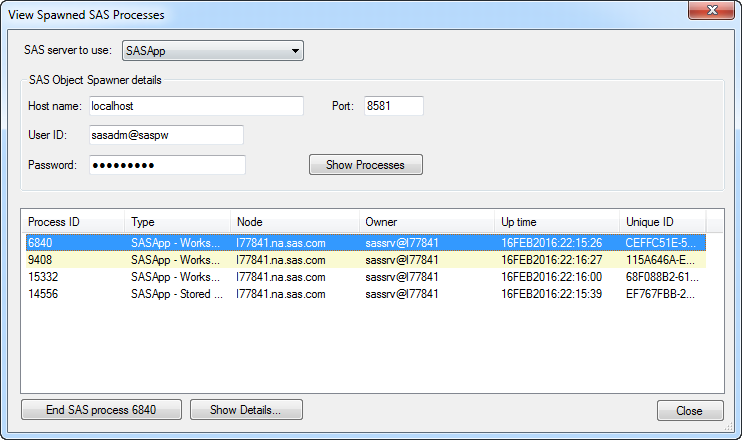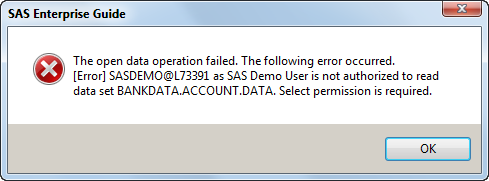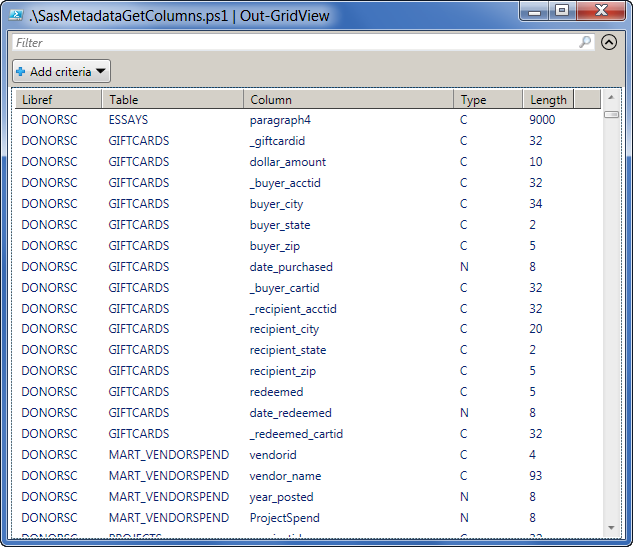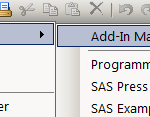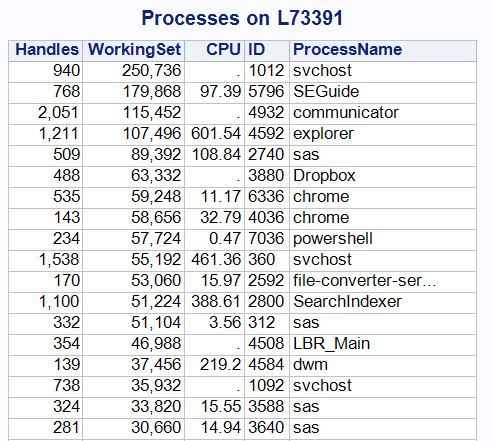
SAS Viya is an exciting addition to the SAS Platform, allowing you to conduct analysis faster than ever before and providing you the flexibility to utilize open source technologies and generate insights from data in any computing environment. The blog post “Top 12 Advantages of SAS Viya” does a great

